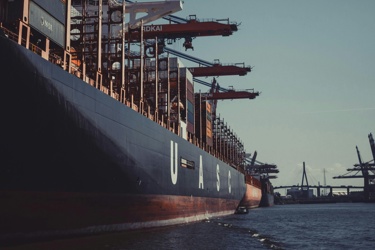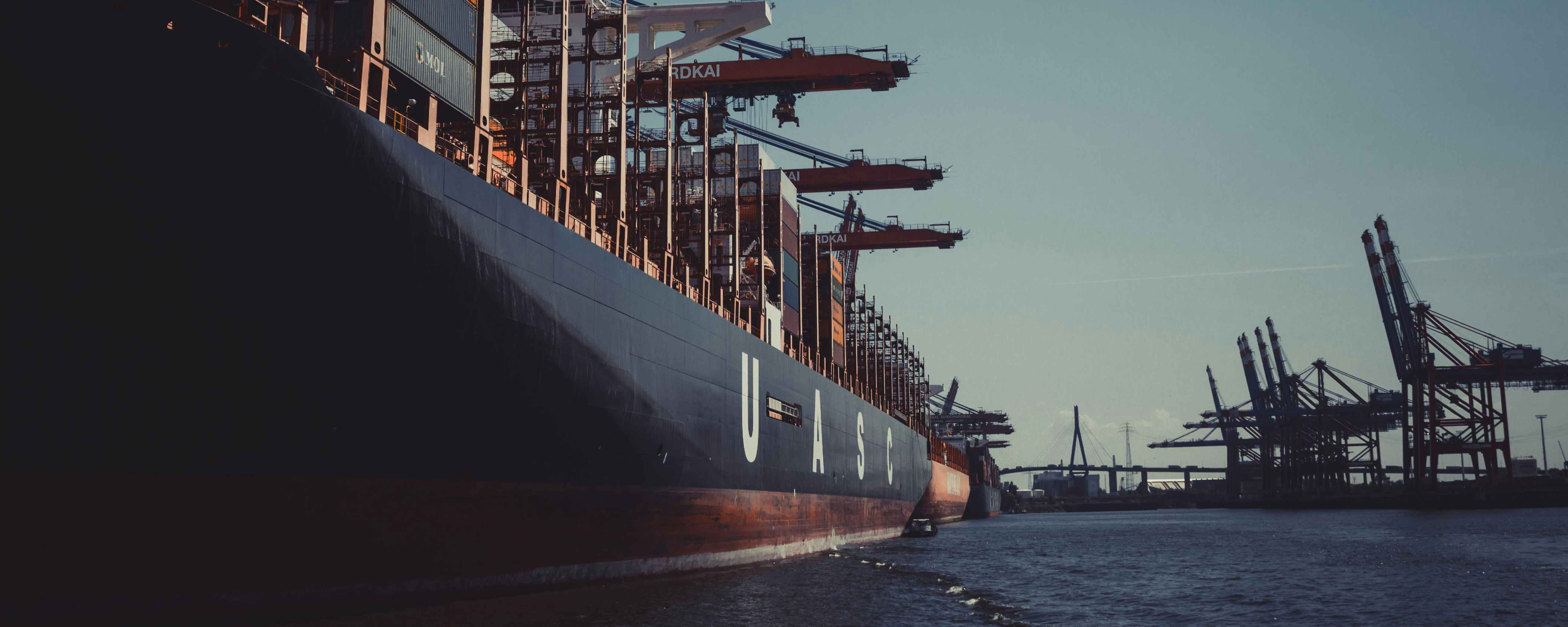Update October 4: the strikes have been suspended due to a provisional agreement, read more here.
Since Tuesday, October 1, workers in 36 ports on the American east coast have been on strike. With no fewer than 45,000 participants, it is the largest strike since 1977. The consequences are noticeable worldwide and can be quite large. For example, a one-day strike already takes 3 to 5 days to recover from.
Higher container prices
The most important consequence of the strikes is only noticeable indirectly. A very large part of the global container flows runs via the American east coast. Now that the ports there are disappearing, a major blockage is slowly developing. If the strike lasts a month, there will be approximately 3 million containers waiting to be processed. There is a threat of a major shortage if empty containers do not return on time.
This is a problem for trade with China. The increasing container shortage is causing higher transport costs, which disrupts imports from Asia. This is also noticeable in the Netherlands. Container prices have been falling for a while, but that trend could soon reverse.
Trade comes to a standstill
A direct consequence of the strikes is that container ships will not be unloaded for the time being. Every week, 21 ships depart from Northwestern Europe to the US. The Netherlands is expected to export 5 billion euros worth of goods to America this month, most of which will be shipped by sea. No goods will be shipped our way either. However, this concerns relatively small volumes, and mainly products for industry. So we do not need to fear major shortages.
Delays in logistics
Because many containers are now stuck on the American east coast, there will be delays in the Dutch logistics chain. This could lead to less demand for transport services and additional costs for trading companies. Storage costs and waiting times will increase, while planning will be disrupted. There is no immediate solution, because sailing via the west coast takes about three weeks and is therefore not an attractive alternative.
What now?
It is still unclear how long the strike will last. President Biden can end the strike via the Taft-Harley Act, but during the election period he will want to profile himself as a friend of the unions. That scenario is therefore not very likely. For the time being, there is little else to do but wait. Eventually, one of the two parties will give in and the ports will become operational again. Until then, it is important to take into account higher container prices, disrupted schedules and a standstill in trade with the US.


